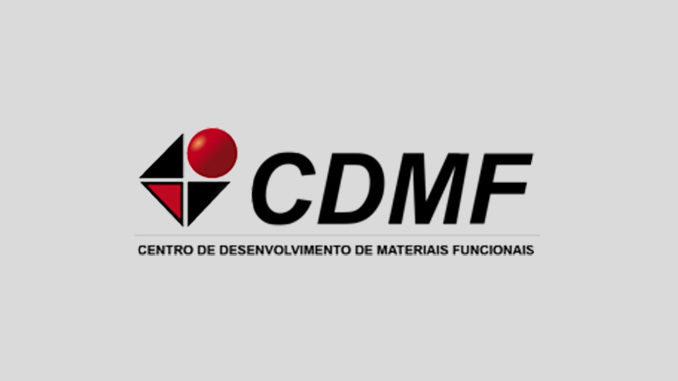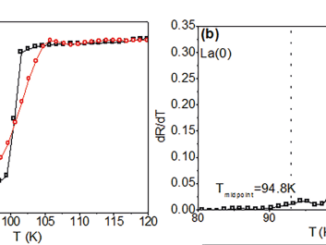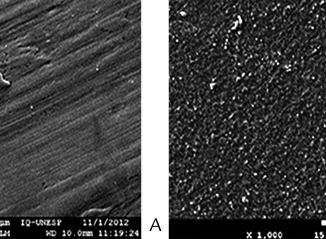
Evidence for a correlation between total lead concentrations in soils and the presence of geological faults
Abstract: The emission of radon gas in regions of geological faults, during the radioactive decay of uranium and thorium, results in the formation of lead isotopes Pb-210, Pb-208, Pb-207 and Pb-206. As a consequence, the lead contamination in the soil poses a hazard to humans through ingestion of food, contaminated water, and even by direct contact with the soil contaminant. So far the relationship between the occurrence of geological faults and soil Pb contamination has not been established. Here, we studied lead in soils of regions with geological faults and their possible relationship with radon emissions. Soils were sampled from Presidente Prudente located in the far west of So Paulo State, Brazil. The region has strong evidence of the existence and direction of geological faults at depths of approximately 200 m. Soil sampling was done according to the USEPA 3050 method. Total lead was quantified by anodic stripping voltammetry. Results show that the total Pb concentration increases systematically with soil depth. This finding is explained by the fact that the lead originates from radon emissions. Pearson correlation analysis further proves a relationship of the nuclear track density obtained with CR-39 detectors, and mean Pb levels within each soil profile. Overall, our findings should improve risk evaluation of Pb contamination derived from radon emission and geological faults.
Author(s): Moreira-Silva, MR (Moreira-Silva, Marcos R.); Saenz, CAT (Tello Saenz, Carlos A.); Nunes, JOR (Rodrigues Nunes, Joao O.); Godoy, M (Godoy, Manoel); Teixeira, MFS (Teixeira, Marcos F. S.)
ENVIRONMENTAL CHEMISTRY LETTERS
Volume: 15 | Edição: 3 | Pages: 481-488 | Published: SEP 2017
PDF:
DOI: 10.1007/s10311-017-0617-3




